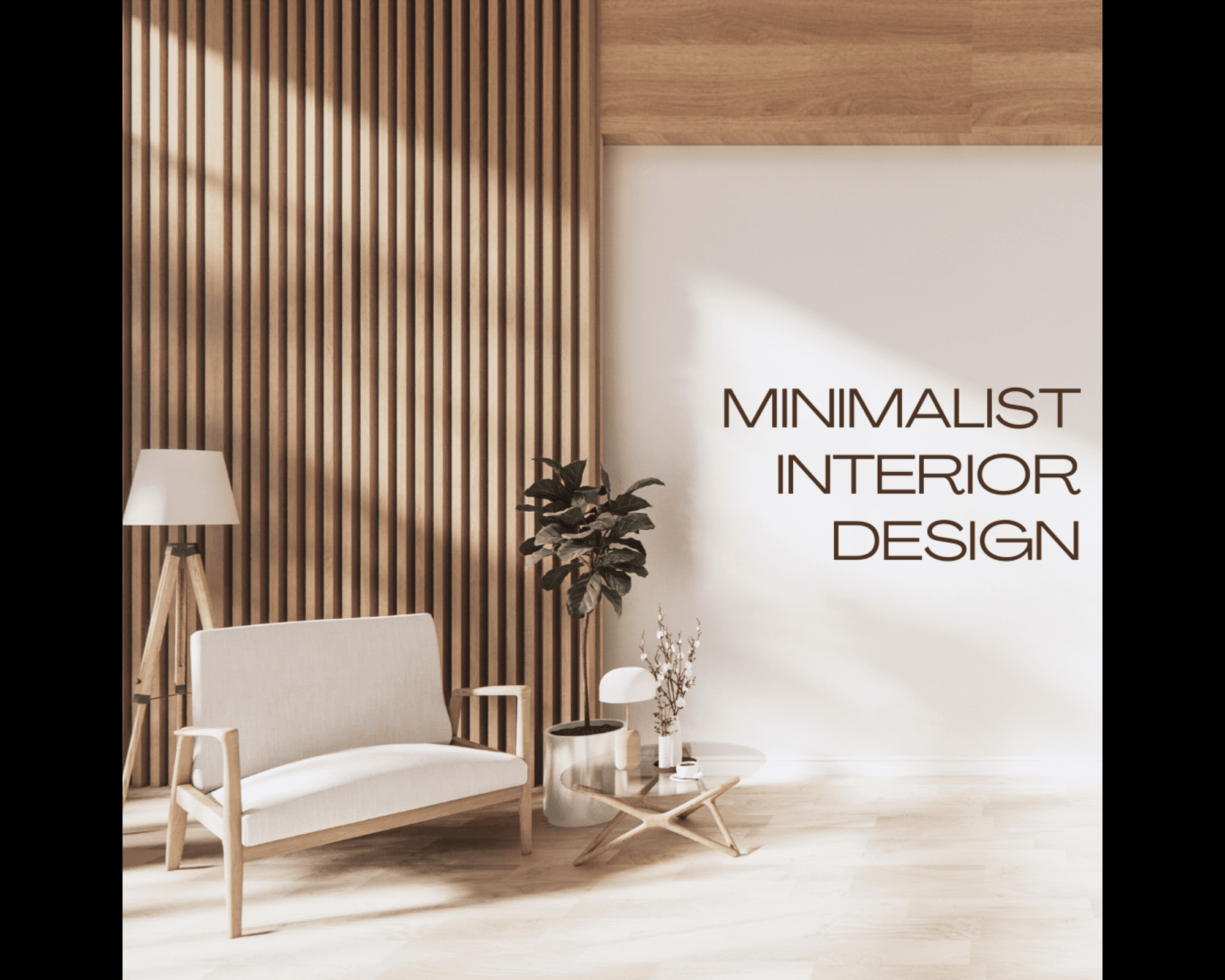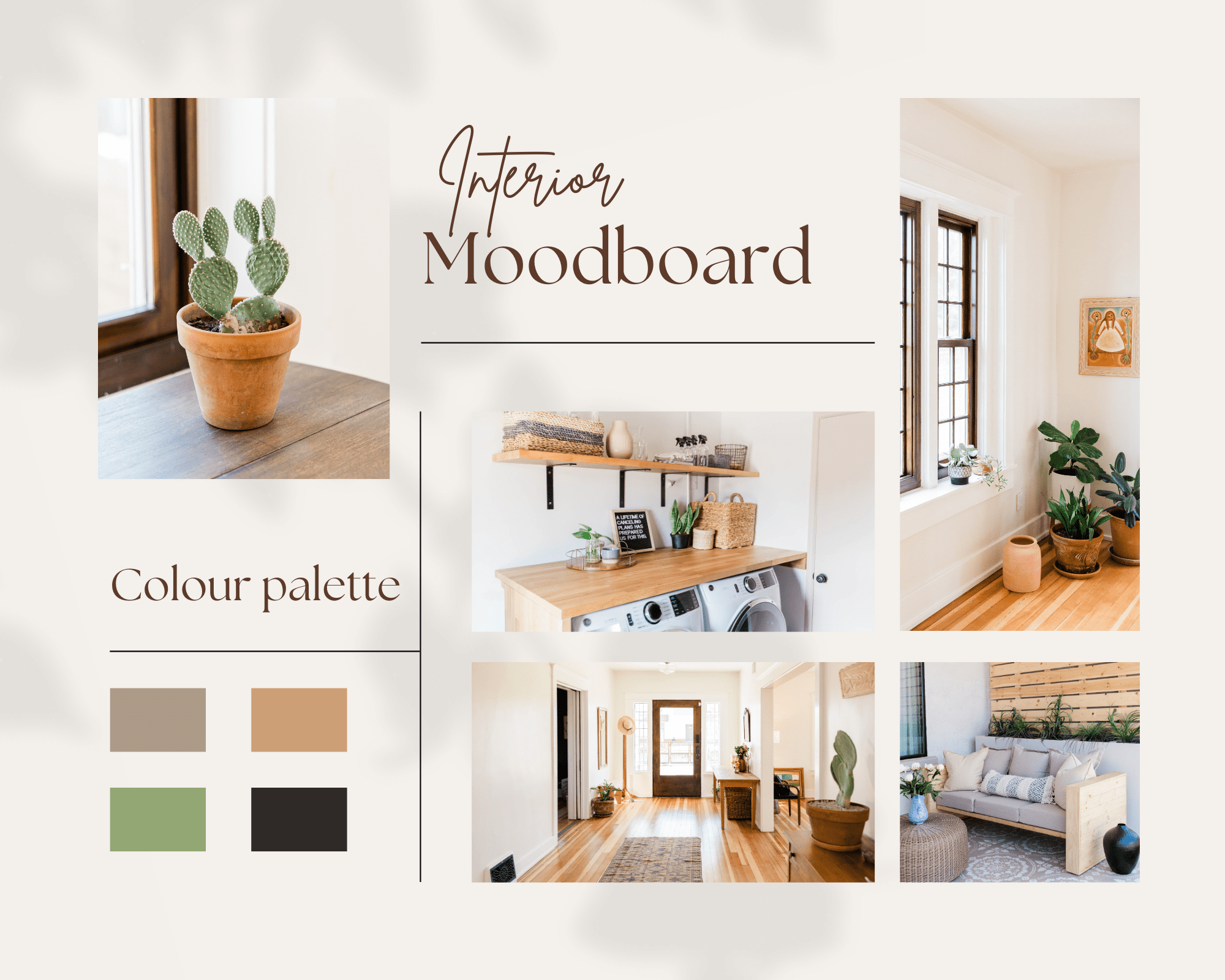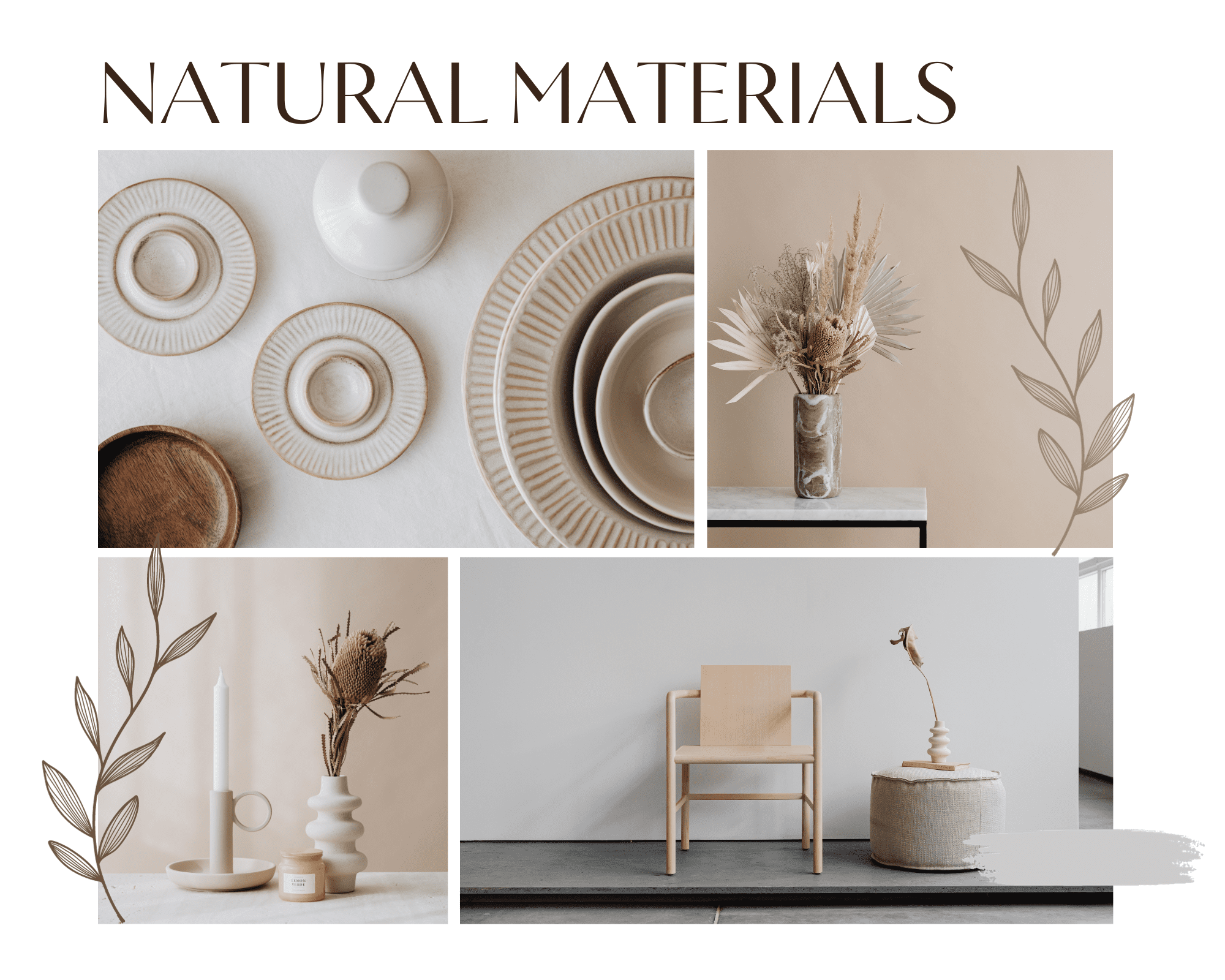Minimalist interior design
In India, the importance of minimalist interior design lies in its ability to offer a refreshing and practical approach to living spaces in the midst of diverse cultural richness and urban challenges. As the country experiences rapid urbanization and a shift toward apartment living, minimalist design becomes particularly relevant. The simplicity and functionality inherent in this style align well with the need for compact, efficient, and visually calming interiors. Moreover, minimalist interiors can complement traditional Indian aesthetics by emphasising clean lines, neutral colour palettes, and a decluttered environment. In a country where homes often serve as vibrant hubs for familial and social activities, minimalist design allows for versatile and open spaces, facilitating seamless transitions between different functions. Additionally, the emphasis on quality over quantity resonates with sustainable living practices, which are gaining importance in India’s evolving architectural and design landscape. Minimalist interiors, with their focus on simplicity, functionality, and aesthetic harmony, offer a timeless and adaptable solution to the dynamic needs of modern living in India.
Here are key principles and elements commonly associated with minimalist interior design:
Neutral Color Palette:
Minimalist spaces often feature a neutral colour scheme, including whites, greys, and beige. This creates a serene and timeless backdrop, allowing key elements to stand out.
Simplicity in Furnishings:
Choose simple and functional furniture with clean lines. Avoid excessive ornamentation and opt for pieces that serve a specific purpose. Furniture should be both aesthetically pleasing and practical.
Functional Layout:
The layout of a minimalist space is carefully planned to maximize functionality. Each piece of furniture and decor should have a purpose, and the arrangement should promote an open and uncluttered feel.
Decluttered Spaces:
Minimalism emphasizes decluttering and the removal of unnecessary items. Keep only the essentials and carefully consider each element’s contribution to the overall design.
Limited Decor:
Decorative elements are kept to a minimum. When incorporating decor, choose items with a purpose, such as a statement piece of artwork or a carefully selected plant. The emphasis is on quality over quantity.
Natural Materials:
Minimalist design often incorporates natural materials like wood, stone, and metal. These materials add warmth and texture to the space without compromising the overall simplicity.
Ample Natural Light:
Maximize natural light to enhance the sense of openness and airiness. Avoid heavy window treatments and use sheer or light-filtering fabrics when necessary.
Hidden Storage Solutions:
To maintain a clean and uncluttered look, consider furniture with hidden storage options. This allows you to tuck away items and maintain the minimalist aesthetic.
Limited Color Palette:
While neutral colours are predominant, minimalist design may occasionally include a limited colour palette with subtle and muted tones. This adds a touch of sophistication without overwhelming the space.
Geometric Shapes:
Embrace simple geometric shapes in furniture and decor. Clean lines and geometric forms contribute to the overall minimalist aesthetic.
Negative Space:
Negative space, or space, is a crucial element in minimalist design. It helps create balance and allows the essential elements to stand out. Avoid overcrowding the space with furniture or decor.
Quality Over Quantity:
Invest in high-quality, well-crafted pieces rather than filling the space with numerous items. Quality pieces often become focal points in a minimalist interior.
Subtle Textures:
Introduce subtle textures through textiles like cushions, throws, or rugs. These textures add interest without disrupting the overall simplicity.
Monochromatic Accents:
If introducing colour, consider monochromatic accents. A single bold or subdued colour can create a focal point without deviating from the minimalist theme.
Personalized Touch:
While minimalism is about simplicity, it’s essential to incorporate personal touches to make the space feel lived-in. Select a few meaningful items or artworks that resonate with you.





